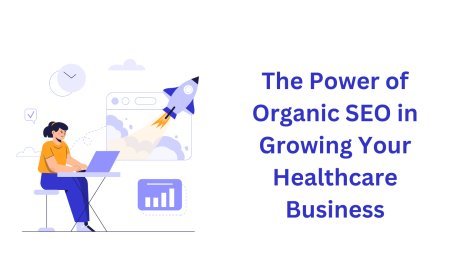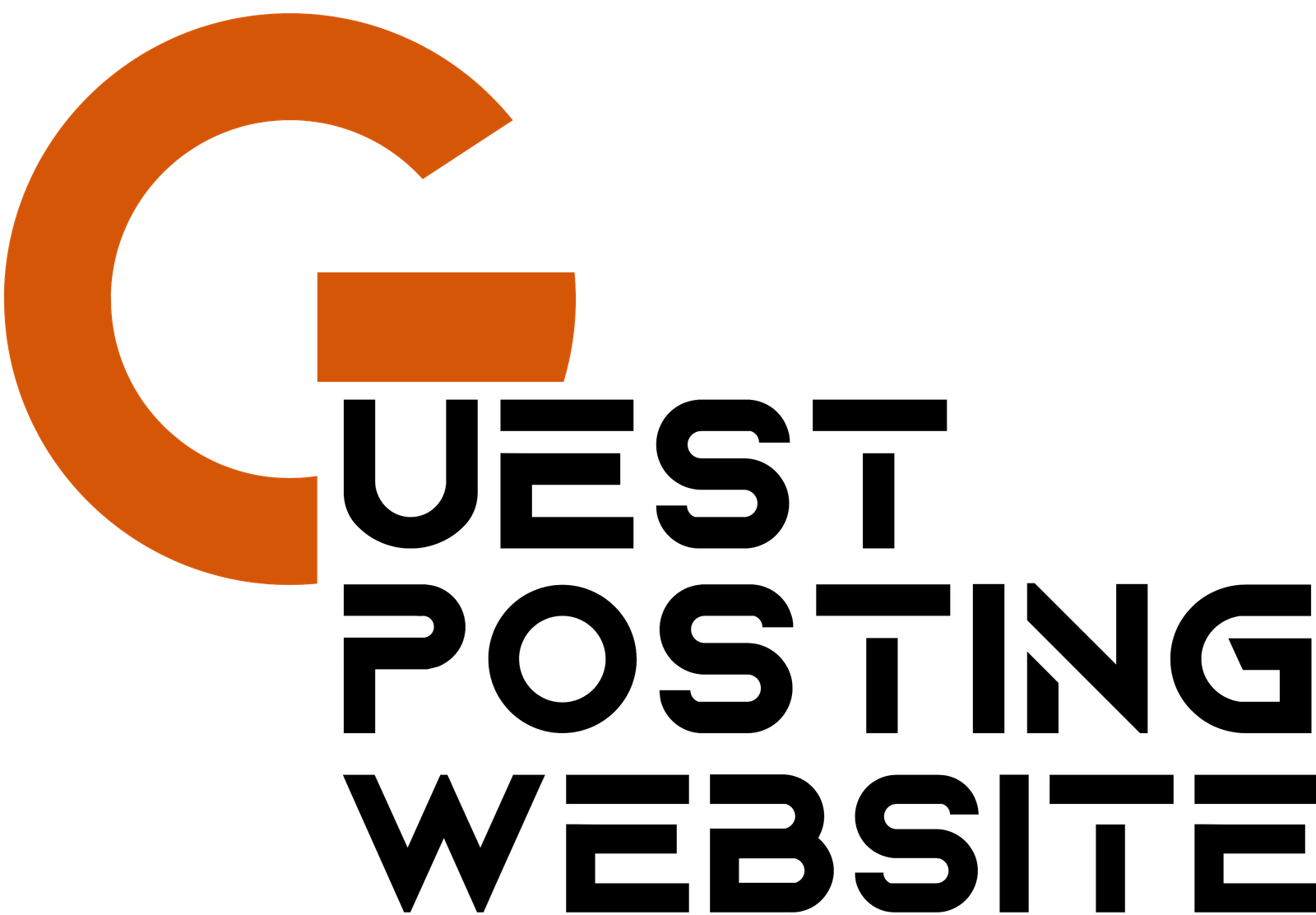Healthcare Workforce Management Software Trends in 2025

Healthcare Workforce Management Software Trends for 2025
As we approach 2025, the healthcare industry is experiencing rapid transformation, not only in the technologies used for patient care but also in how healthcare organizations manage their workforce. Healthcare workforce management software has become a critical tool for optimizing staffing, scheduling, compliance, and performance management. These solutions are designed to help healthcare providers efficiently manage their workforce, ensuring the right people are in the right place at the right time.
In this article, we’ll explore the role of healthcare workforce management software, why it’s becoming more essential, the benefits it offers, and how healthcare organizations can leverage it for greater efficiency in 2025.
What is Healthcare Workforce Management Software?
Healthcare workforce management software refers to digital solutions designed to streamline and optimize the processes involved in managing a healthcare workforce. This includes scheduling, time tracking, payroll management, compliance tracking, and performance management. These software solutions aim to improve operational efficiency, reduce administrative burdens, and ensure that healthcare organizations remain compliant with industry regulations.

Why is Healthcare Workforce Management Software Important?
1. Improving Operational Efficiency
Healthcare organizations often deal with complex staffing needs due to fluctuating patient volumes, shift changes, and compliance requirements. Workforce management software simplifies these processes by automating scheduling, attendance tracking, and payroll. This reduces manual errors, minimizes staff shortages or overages, and ensures that the right number of staff is available at the right time.
2. Enhancing Compliance
Compliance with healthcare regulations such as HIPAA (Health Insurance Portability and Accountability Act), OSHA (Occupational Safety and Health Administration), and labor laws is critical for healthcare organizations. Workforce management software helps healthcare providers maintain compliance by tracking certifications, training, and working hours, and generating reports for audits.
3. Optimizing Labor Costs
Healthcare providers often face the challenge of controlling labor costs, which are a significant part of their overall budget. Workforce management software provides valuable insights into staffing trends and helps organizations optimize their labor expenses by adjusting schedules to meet demand and avoiding overstaffing.
4. Improving Employee Engagement and Satisfaction
Effective workforce management can lead to higher employee satisfaction. When staff schedules are optimized, it reduces burnout, improves work-life balance, and fosters a positive workplace culture. Additionally, software that enables easy access to schedules and shift swaps empowers employees, giving them more control over their work hours.
How Does Healthcare Workforce Management Software Work?
1. Scheduling and Shift Management
Healthcare workforce management software allows managers to create schedules based on patient demand, employee availability, and labor laws. This eliminates the manual scheduling process, reduces errors, and ensures that staff is appropriately distributed across shifts. These systems often allow for real-time updates, ensuring that staffing changes are reflected immediately.
2. Time and Attendance Tracking
Accurate tracking of employee attendance is critical for healthcare organizations. Workforce management software integrates with biometric time clocks or mobile apps to track employee hours, ensuring accurate payroll processing and compliance with labor laws.
3. Compliance Management
These software solutions track important certifications, licenses, and compliance training for healthcare professionals. The system sends alerts for upcoming renewals, helping organizations stay compliant with regulatory requirements.
4. Performance and Analytics
Workforce management software often includes performance tracking features. These tools help managers monitor employee productivity, identify trends, and provide insights into workforce efficiency. Data-driven analytics can inform staffing decisions and operational improvements.
When Should Healthcare Organizations Invest in Workforce Management Software?
Healthcare organizations should consider investing in workforce management software when:
- Experiencing Scheduling Challenges: If the organization struggles with scheduling, leading to inefficiencies, high overtime costs, or under/overstaffing, it’s time to implement a management solution.
- Facing Compliance Concerns: If there is difficulty keeping track of certifications, training, and hours worked, workforce management software can help maintain compliance and avoid penalties.
- Struggling with Labor Costs: When labor costs are high and workforce utilization is low, software can provide analytics to optimize staffing and reduce unnecessary expenses.
- Expanding Operations: As healthcare organizations grow, manual systems become unsustainable. Investing in software helps scale operations efficiently.
Where Can Healthcare Workforce Management Software Be Applied?
Healthcare workforce management software can be applied in various healthcare settings, including:
- Hospitals and Health Systems: To manage large, diverse teams of doctors, nurses, and support staff, and optimize staffing levels based on patient demand.
- Clinics and Outpatient Care: For smaller practices, software helps with scheduling, time tracking, and payroll management.
- Long-Term Care and Assisted Living: For managing staff schedules, ensuring compliance with care regulations, and tracking certifications.
- Pharmaceutical Companies: Workforce management software can also assist pharmaceutical companies in managing field sales teams, scheduling meetings, and tracking compliance.
Who Benefits from Healthcare Workforce Management Software?
1. Healthcare Organizations
Hospitals, clinics, and other healthcare organizations benefit by streamlining operations, ensuring compliance, and controlling labor costs. Workforce management software helps administrators focus on strategic initiatives rather than time-consuming manual processes.
2. Healthcare Workers
Healthcare employees benefit from optimized scheduling, which can reduce burnout, improve work-life balance, and provide more flexibility in shift management. Employees can also access their schedules, track their hours, and request time off, which empowers them with greater control over their work-life dynamics.
3. Patients
By optimizing staffing levels, healthcare workforce management software ensures that there is sufficient staff to provide high-quality care to patients, ultimately improving patient satisfaction and care outcomes.
Top Healthcare Workforce Management Software Solutions in 2025
1. Kronos Workforce Ready
Kronos is a leading provider of workforce management software, offering solutions for scheduling, time and attendance, and compliance. Kronos integrates with payroll systems and provides robust reporting tools, making it an excellent choice for large healthcare organizations.
2. ShiftMed
ShiftMed specializes in on-demand staffing solutions for healthcare organizations. Their platform allows healthcare providers to find temporary or part-time staff quickly, ensuring they can meet demand without overstaffing.
3. Deputy
Deputy provides intuitive workforce management solutions that allow for easy scheduling, time tracking, and task management. It’s ideal for healthcare organizations looking for a simple, user-friendly system to manage their workforce.
4. WorkForce Software
WorkForce Software offers an enterprise-level workforce management solution with features like employee scheduling, time tracking, and labor analytics. The platform is well-suited for healthcare providers with complex scheduling and compliance needs.
Conclusion
Healthcare workforce management software is a vital tool for healthcare organizations looking to optimize operations, ensure compliance, and improve employee satisfaction in 2025. By investing in the right workforce management solutions, healthcare providers can effectively manage their staff, reduce costs, and deliver better care to patients. With the continued advancement of healthcare technology, workforce management software will become even more integrated into healthcare organizations, offering greater efficiencies and better outcomes.
What's Your Reaction?



































































